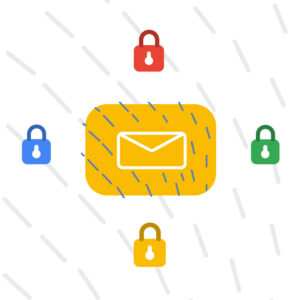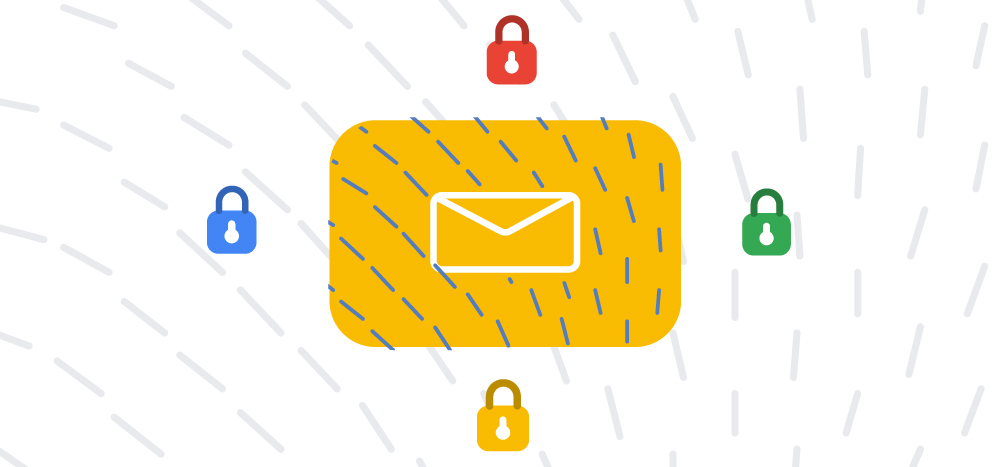Eighty-eight percent of public sector organizations have faced at least one cyber attack over the past two years, according to an independent study. Preventing attacks against IT infrastructures is a top priority for all agencies. However, public-sector cybersecurity teams face some fundamental challenges in the race to stay ahead of malicious actors and their increasingly sophisticated cyber attacks.
Here’s a look at how a cloud security management system can help.
 The Log Archiving Problem
The Log Archiving Problem
To fully understand what’s currently happening on a network and what occurred previously, whether on-premise or in the cloud, it’s important to review logs. These provide critical security visibility into the entire IT infrastructure as well as any hardware or software changes that have occurred.
Unfortunately, the massive IT infrastructures supporting most agencies generate an enormous number of logs. As most vendors charge by the gigabyte, storage quickly gets expensive — so agencies typically archive these logs. That’s a problem.
Many of today’s malware or vulnerability exploits lie dormant for months or years waiting for the best time to strike. In order to assess how an attack might unfold, security organizations need to frequently review logs spanning months or even years. If archived, these logs must be decompressed before analysis, which takes time. As a result, threat and anomaly detection in the public sector is often a slow, inefficient, and unsophisticated process.
Fortunately, an emerging solution holds promise.
The Cloud Security Management System
In addition to hosting applications and data, many of the largest cloud providers also offer cloud security-as-a-service. Due to the size and scale of such providers, these services can help public sector organizations prevent and detect more threats as well as respond to them faster.
As part of their service, most cloud providers offer:
- A dashboard that provides a bird’s-eye view of all applications and data residing in the cloud
- The ability to drill down on specific assets to identify misconfigurations that could potentially be exploited
- Constant scanning for suspicious activity, including malware, unauthorized network access, and a wide variety of attack types
A cloud security management system also represents a viable solution to the log archiving problem mentioned earlier. Using BigQuery, a serverless, highly scalable, and cost-effective cloud data warehouse, means that log data no longer has to be archived or decompressed before processing. In fact, petabytes of data can be pulled up and analyzed using ANSI SQL at lightning-fast speeds with minimal operational overhead.
A cloud security management system provides public sector organizations with a much-needed boost in their battle against all too frequent cyber attacks.
Mitigating Email Threats
One of the biggest issues facing public sector organizations is the spread of malware, often by an employee innocently clicking on an attachment. Through a CSCC dashboard, a cybersecurity team would receive an alert notification that a device had been compromised. It would then be possible to identify the sender’s IP address and use BigQuery and other investigative tools to trace the exploit and see if the network has been compromised.
After investigation comes remediation, which would typically include blocking the sender’s IP address, quarantining the email message and its attachments, and then adding additional access controls to prevent future exploits.
For public sector organizations with limited security resources and budgets, a CSCC offers an additional layer of defense against cyber attacks and could help strengthen an agency’s security posture.
Want to learn more? Check out our on-demand webinar to learn more about Google’s approach to cybersecurity and email safety.







